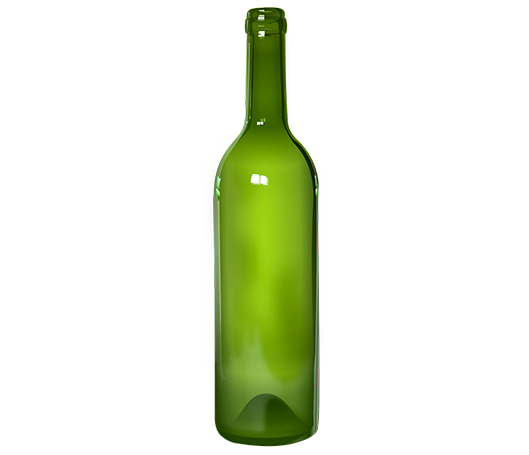- Curiosities
- 0 likes
- 18758 views

WINE PRODUCTION STAGE BY STAGE
Wine goes through different phases to be able to be at our tables to offer it to your best diners, and it is difficult to explain the whole process that wine takes, but We are going to explain step by step how the grape is transformed into wine.
BETWEEN STRAIN AND STRAIN
Wine is made through processes that They begin in the vines, the vines are where the grapes are born, which we will later collect to transform them into wine.
The number of vines is very varied and uneven. The choice of the strains is the first step that a winemaker studies for a correct plantation.
Bear in mind that the variety of grapes is very wide in the market and that everything will depend on the growing area of the wine. vine, where one plantation or another is considered.

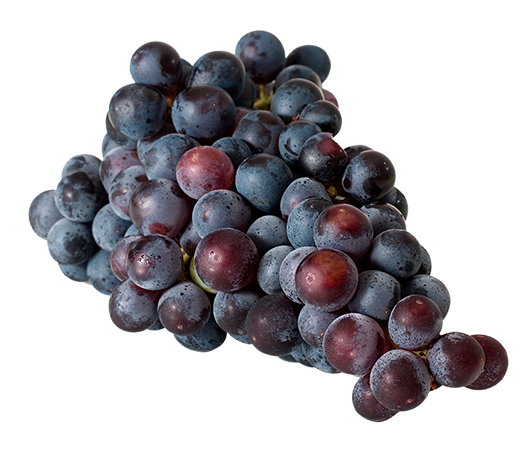
BLACK GRAPE STRAINS
- Syrah
- Merlot
- Cabernet Sauvignon
- Cariñena
- Red Garnacha
- Tempranillo
These named strains They are the most common in Spain, although it may vary depending on the area. Let's take into consideration that it depends on the plantation and the history it is possible to see different plantations where several are combined.
Emphasize that each strain has a different origin, France, Spain, USA. All have a different character and a grape with very different characteristics, taking into account each strain.
Harvest
The harvest is the grape harvesting process, this process is carried out during the months of September, October and November. Always taking into consideration the ripening of the grape.
The maturation of the grape will be key in the elaboration of the wines, that is why it is one of the most important factors that are taken into account for the harvesting of the same.
In the harvest we also have to take into account the separation processes of the grapes and the bunch, since this is included in the same process.
After having separated the grapes from racism, we will press or stepping on the grapes so that with the same pressure that we exert the famous grape juice comes out.
In the old vats that were in small towns, the grapes were crushed. Currently these manual processes have been replaced automatically thanks to the automation of the processes.
These processes will press the grapes so that the famous must comes out of them, which we will transform into wine in the following processes. < / p>

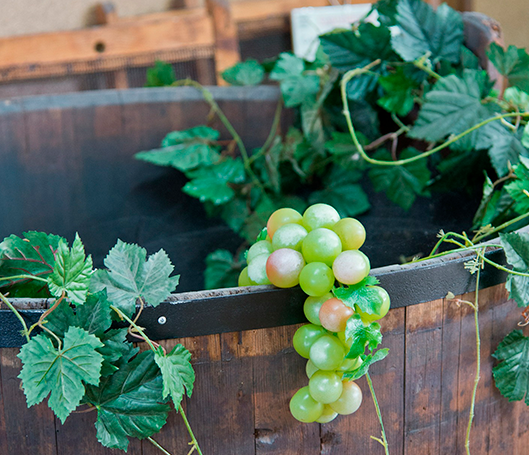
FERMENTATION OF THE GRAPE
In the past in the different towns of the Spanish geography very different terms were used to talk about the production of wine.
After stepping on the grapes, the juice released, well called the grape broth or must, was deposited in different tanks for its correct fermentation, in some cases they opted for the wooden barrels in which the broth obtained from the grapes was poured to ferment it and turn it into wine.
The fermentation of wine is a really unknown process in many cases, and it is the catalyst mode that transform grape juice into wine.
At present different containers are used for its correct fermentation, stainless steel containers, glass.
This process lasts between 10 and 15 days and is part of the most important process in the elaboration of the wine, since in this process the must is transformed into wine.
We have to take into consideration that in this process the famous separation between the seeds and the skins of the wine takes place. These parts of the grape are located at the top in the shape of a hat. Through yeasts, the wine begins to be transformed into alcohol.
It is very important to indicate that the temperature of the tanks is controlled so that there is a correct maceration, a term that indicates the magic of giving color to the wine through fermentation, pump-overs and temperature control.
It is key to talk about something as disparate as time, but it is even more so when we talk about the fermentation time of the wine.
We have to take into account that the step of the grape broth to be a Alcoholic beverage is due to the chemical process that the yeasts allow.
The fermentation time of the wine is very different taking into account the type of wine and the container where it is deposited. The fermentation time can vary between 15 days and a month.
This part is key in obtaining a quality wine, the fermentation time makes the aroma, smell and color is more intense.
PRESSING AFTER FERMENTATION
To remove all Impurities that have remained due to fermentation/post-fermentation, a pressing or separation of impurities such as skin and wine impurities must be done. To do this, the clean grape juice is separated from impurities through pressure.
MALOLACTIC FERMENTATION
Process that is Avoid in some cases depending on the harvesting stage, and considering the maturation of the wine, the acidity that the excess wine may have can be obtained with some certainty.
Normally this process is applied in vineyards where they are dry land or are at high altitudes to avoid the excess acidity that produces these particularities.
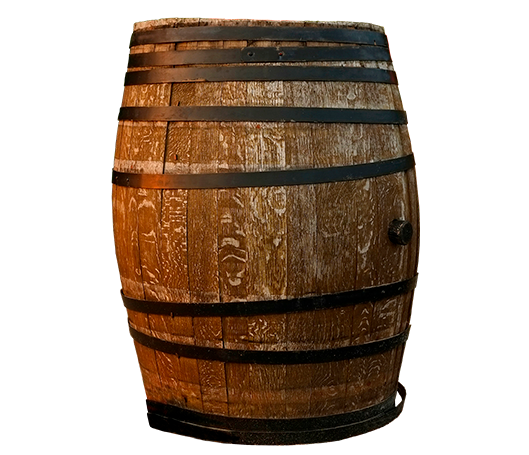
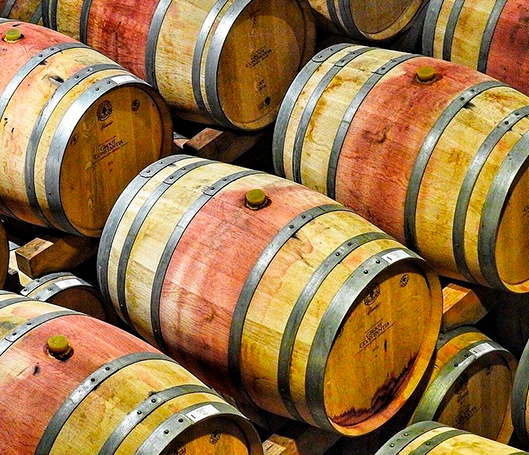
AGING IN BARREL
Understanding wines is one of the proposals that all wine lovers make for ourselves, young wine, aging, reserve. Understand the existing types of grapes, the flavor, the aroma, the balance of the wine. They are basic but very important aspects that must be known to be a good connoisseur of the wine that surrounds us. During the elaboration of the wines, it is an essential requirement to take into account the use of different materials for their correct fermentation. Therefore, the most used are stainless steel and wood, which in some cases represent a small part in what is known as the oenological techniques that are used today. It can be said that the fermentation techniques and the containers used are different, and we can say that there is a great variety of techniques, which vary depending on the country, region or history. However, in some cases fermentation in amphora or concrete is being returned to, emphasizing that one of the most used techniques is barrel aging. The containers are made of oak in many cases, although other types of wood can be used for the fermentation of the wine. The term barrel aging is called barrel aging of the wine. To remove the different wine residues, they are changed to new containers where the fully fermented wine is poured and left to mature or age for as long as the winery deems appropriate. This time will define a young wine, a reserve or a large reserve in some cases. This maturation starts from months to years.
Wine bottling
Wine bottling is the second Part par excellence of the maturation of the wine, and it is important to emphasize this second phase where the wine evolves over time. Certain characteristics of the wine will be developed at this stage. With this we will have a high quality wine.
